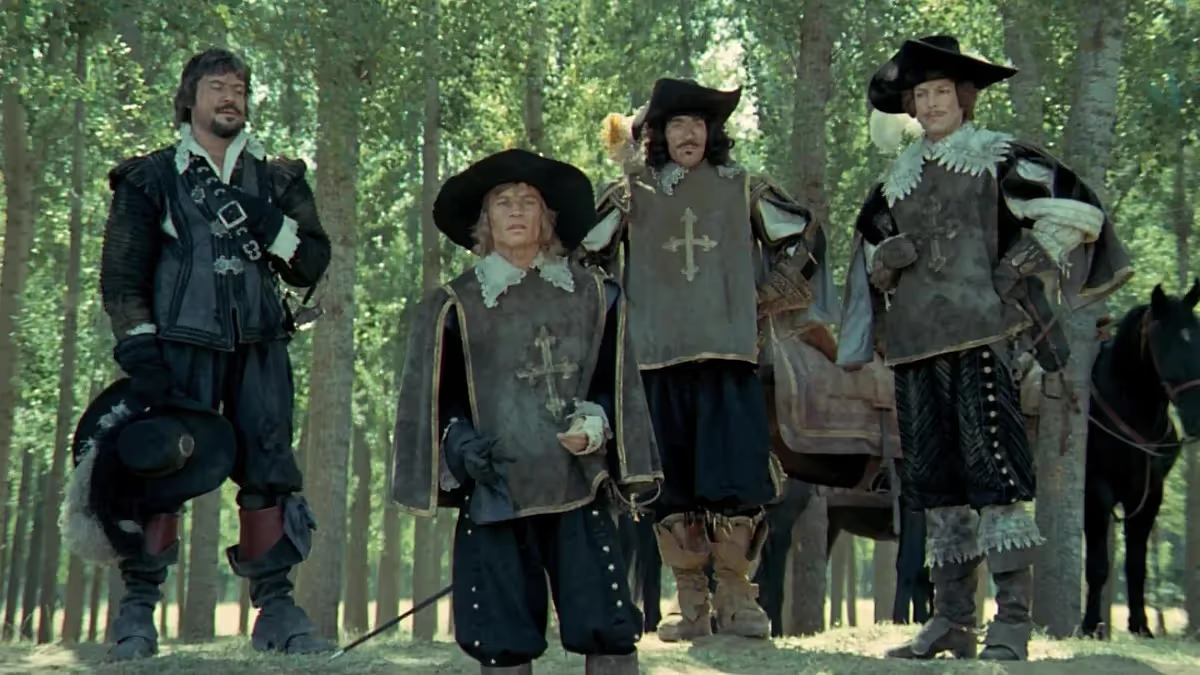All For What?: Richard Lester’s 'The Three Musketeers' and 'The Four Musketeers'
Lester’s movies stopped finding an audience at the end of the ’60s. Then he drew them back with a pair of subversive blockbusters.

“I find it more and more difficult to find a subject I should do,” Richard Lester told The Los Angeles Times in a profile of the director published ahead of the release of The Three Musketeers in 1973. “I think I have grown out of my wish to preach only to the converted,” he continued, referring to three films he’d made shortly before taking a break from features at the end of the 1960s: the anti-war satire How I Won the War; Petulia, a mismatched love story that plays out amidst a skeptical depiction of the counterculture; and the little-seen The Bed-Sitting Room, a beyond-grim absurdist comedy set in the wake of a nuclear war. Collectively, they suggest a lot about how Lester viewed the world. They also didn’t find much of an audience despite one of them, Petulia, being a masterpiece. So Lester waited for the right project, one that audiences might want to see, and found it via a story that had been retold countless times since the beginning of movies.
But to look at The Three Musketeers and The Four Musketeers—the two films Lester made from Alexandre Dumas’ oft-filmed 1844 novel The Three Musketeers, both of which have recently been re-released as part of the Criterion Collection—as a purely commercial move would be a mistake. Huge hits in their day, they clearly did give moviegoers something they wanted to see, namely high-spirited swashbuckling action in a pair of star-packed films. Yet Lester’s Musketeers films are as pointed as one of his 17th-century heroes’ swords. Relatively faithful adaptations scripted by Flashman creator George MacDonald Fraser, they cast a dubious eye at the very concept of heroism itself, particularly heroism in the service of a status quo with corruption at its eye level and degradation at its lowest. The story gets increasingly dark, and its protagonists less noble, as it unfolds across two films It’s almost as if Dumas’ book was just waiting for the anti-heroic early 1970s to find it.
It doesn’t take long, for instance, for the films’ D’Artagnan (Michael York) to lose the stars in his eyes. Arriving in 17th century Paris from his rural childhood home with
This post is for paying members only
Sign up now to read the post and get access to the full library of posts for subscribers only.
✦ Sign up